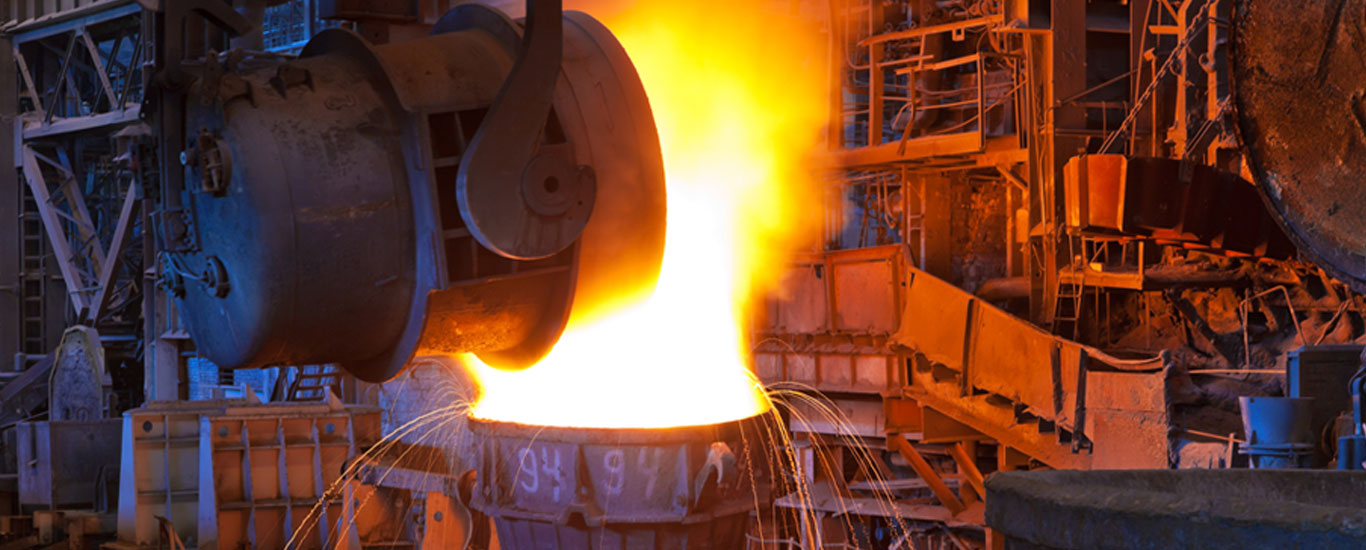Critical Control of Process Gas
Blast furnace gas: The gas produced in blast furnace mainly contains carbon monoxide(CO), carbon dioxide(CO2), oxygen(O2) and hydrogen(H2). Controlling combustion efficiency in the furnace and keeping safe operation of the bag filter needs a continuous monitoring of above gases.
Hot blast stove flue gas: Real-time monitoring of carbon monoxide(CO) in the flue gas ensures safe operation of the stove.
FPI's Solution
The non-contact laser and sensor of the LGA combined with continuous purge results in virtually maintenance free. High-speed response (down to 1s) of the in-situ analyzer highlights its reliability for safety control. Locating gas monitors downstream of the bag filter not only measures constituents of the blast furnace gas, but also detects possible leak of the bag filter. Besides, FPI offers 'CO+CO2' combination measurement in single analyzer further to reduce ownership cost.
